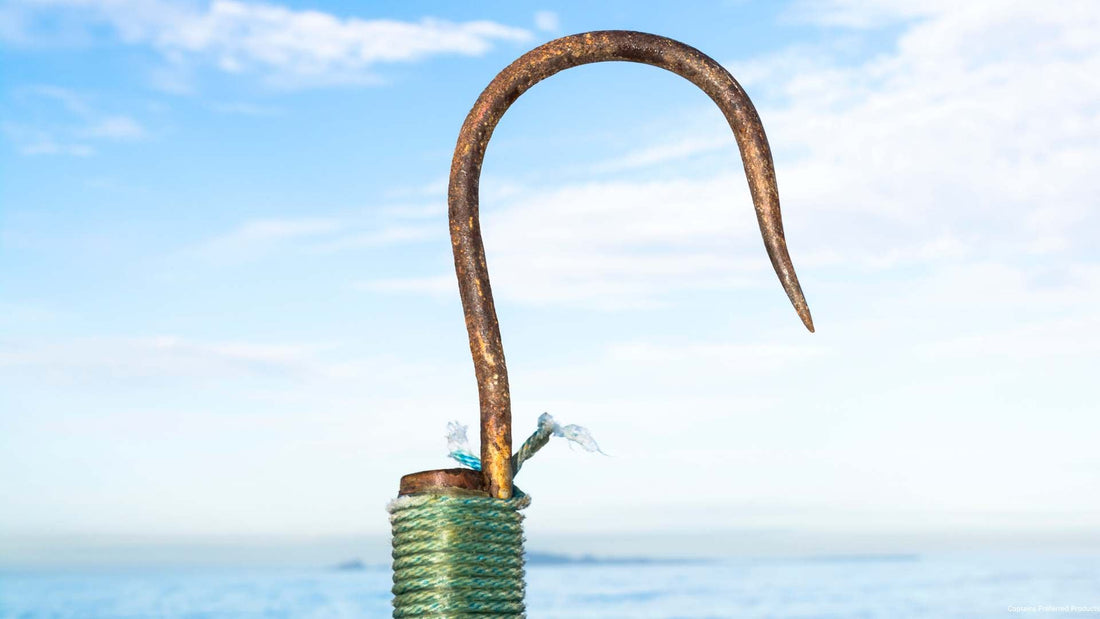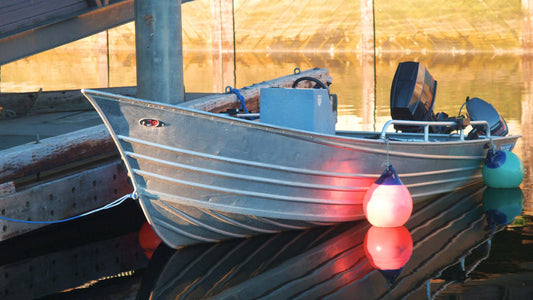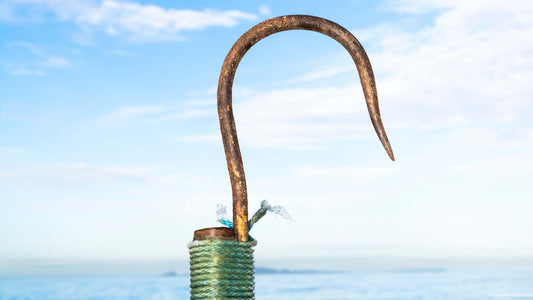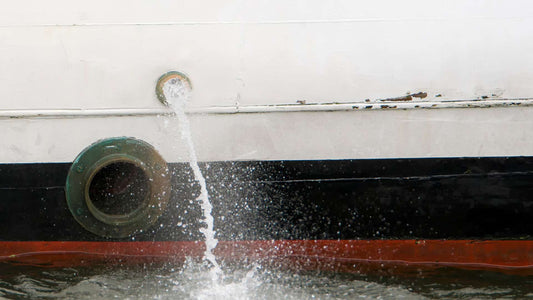
How to Use a Fishing Gaff: Guide for Boaters and Fishermen
Share
Using a fishing gaff is a crucial skill for boaters and fishermen aiming to land large fish safely and efficiently. A gaff is a handheld pole with a sharp hook or spike on the end, used to secure and lift heavy fish from the water. Proper gaffing techniques not only ensure the successful capture of your catch but also promote safety for both the angler and the crew.
Understanding Fishing Gaffs
What is a Fishing Gaff?
A fishing gaff is a tool designed to assist anglers in landing large fish that are difficult to handle with a fishing line alone. It consists of a sturdy handle attached to a sharp hook or spike, allowing fishermen to impale and lift heavy fish into the boat. Gaffs are commonly used in sportfishing where the catches tend to be larger.
Types of Fishing Gaffs
- Handheld Gaffs: These are the most common type, featuring a fixed hook attached to a handle. They are versatile and suitable for various fish sizes.
- Flying Gaffs: Designed for extremely large fish, flying gaffs have a detachable hook connected to a rope. Once the fish is gaffed, the hook separates from the handle, allowing the angler to control the fish using the rope.
Parts of a Gaff
- Handle: Typically made from materials like aluminum or fiberglass, handles come in various lengths to suit different fishing scenarios.
- Hook: The size and shape of the hook vary depending on the target species. Larger hooks are used for bigger fish, while smaller hooks are suitable for lighter catches.
Choosing the Right Gaff
Selecting the Appropriate Length and Hook Size
The choice of gaff length and hook size depends on the target species and the fishing environment. For instance, a 6-foot gaff with a 3-inch hook is suitable for medium to large fish, while a longer gaff may be necessary for larger species.
Material Considerations
Gaff handles are commonly made from aluminum or fiberglass. Aluminum gaffs are lightweight and durable, making them ideal for offshore fishing. Fiberglass gaffs offer flexibility and are often preferred for their non-slip grip. Choosing a gaff with a reinforced hook is essential to prevent bending or breaking when handling large fish.
Preparing for Gaffing
Safety Precautions
Prioritizing safety is paramount when using a gaff. Wear appropriate gloves to protect your hands from cuts and abrasions. Ensure the deck is clear of obstacles to prevent tripping or slipping during the gaffing process.
Positioning the Angler and Gaffman
Effective communication between the angler and the person handling the gaff (gaffman) is crucial. The gaffman should position themselves beside the angler, ready to gaff the fish as it surfaces. Maintaining clear communication ensures a coordinated effort, reducing the risk of errors.
Proper Gaffing Techniques
Approaching the Fish
Allow the fish to tire itself out before attempting to gaff. A fatigued fish is less likely to thrash, making it easier and safer to handle. As the fish nears the boat, keep its head submerged to maintain control and prevent sudden movements.
Executing the Gaff
Aim to gaff the fish just behind the head, near the dorsal fin. This area provides a firm hold and minimizes damage to valuable meat. Avoid gaffing the fish in the tail or belly, as these areas are less secure and can lead to the fish escaping. Use a smooth, decisive motion to insert the gaff and lift the fish into the boat in one continuous movement.
Handling Post-Gaff
Once the fish is aboard, immediately place it into the fish box or cooler to prevent it from thrashing on the deck, which can cause injury or damage equipment. If the fish is particularly large or lively, consider using additional gaffs or a tail rope to secure it safely.
Common Gaffing Mistakes to Avoid
Improper Gaff Placement
Gaffing a fish in the wrong area, such as the tail or belly, can result in a weak hold, increasing the chance of the fish escaping. Always aim for the sturdy area behind the head to ensure a secure grip.
Hesitation or Indecision
Hesitating during the gaffing process can lead to missed opportunities and increase the risk of losing the fish. Confidence and decisiveness are key when executing the gaff.
Poor Equipment Maintenance
Using a dull or damaged gaff can hinder penetration and compromise the gaffing process. Regularly inspect and sharpen your gaff to ensure it is in optimal condition.
Advanced Gaffing Techniques
Using Flying Gaffs
For exceptionally large fish, a flying gaff may be necessary. This specialized gaff features a detachable hook connected to a rope, allowing the fish to tire itself out while secured to the boat. Proper setup and handling of flying gaffs are essential to ensure safety and effectiveness.
Team Coordination
Landing large fish often requires a coordinated effort from the entire crew. Assign specific roles, such as one person controlling the rod while another handles the gaff. Clear communication, pre-established signals, and teamwork are essential for a successful and safe gaffing process. Practicing these techniques beforehand can improve efficiency during high-pressure situations.
Ready to Gaff Like a Pro?
Mastering the use of a fishing gaff is essential for any serious angler. Selecting the right gaff, preparing adequately, and executing the technique with precision can make the difference between a successful catch and a lost opportunity. Prioritizing safety, proper maintenance, and team coordination ensures a smooth and efficient fishing experience. Whether targeting medium-sized fish or battling a large game fish, honing your gaffing skills will improve your success rate and overall fishing confidence.
To keep your fishing boat clean and maintained, look to Captain's Fury boat cleaner products. From boat wash to deck and hull cleaners, they have everything you need for a squeaky-clean vessel.



